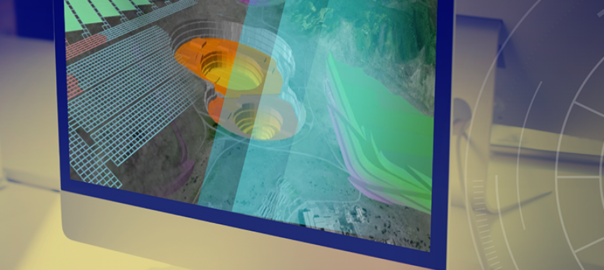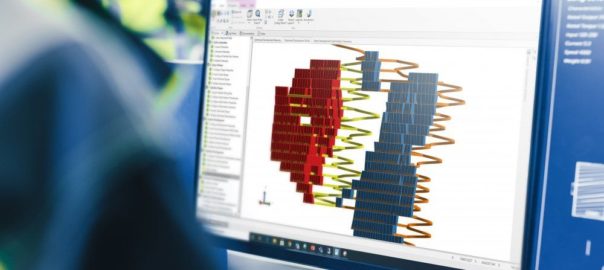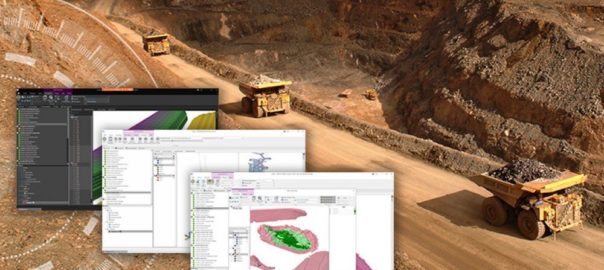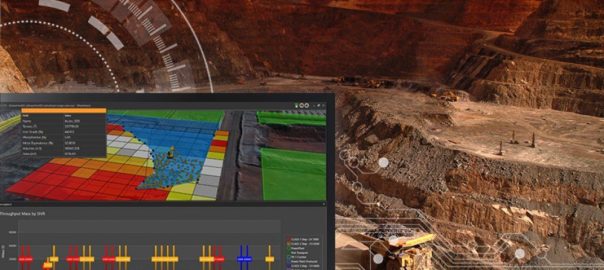RPMGlobal says it has accelerated the transition of its product suite to the cloud, releasing two new cloud offerings to the market.
The company’s IMAFS™ inventory optimisation and Shift Manager™ operational management solutions have now made the transition, the company said.
IMAFS uses artificial intelligence-based algorithms to enhance inventory management and forecasting accuracy for miners. It connects to an organisations ERP, enabling operations to continuously improve the accuracy of parts availability, reduce inventories, decrease stockouts and reduce equipment downtimes, according to the company.
Transitioning IMAFS from a hosted solution in the cloud to a full Software as a Service (SaaS) model will provide users with greater flexibility in security and authentication, RPMGlobal claims. As a result of the shift to the cloud, customers can now continuously optimise their inventory management processes.
“The move to the cloud has as an array of benefits, including increased ease of use, as users now only need a browser to access the IMAFS software,” RPMGlobal says. “Other benefits include high levels of scalability and availability, a modern API interface, faster deployment time and improved cost effectiveness.”
Shift Manager, meanwhile, is a short-term task planning and execution solution that enables users to collaborate and communicate through a single, integrated plan. The software allows users to manage tasks and resource allocations to drive more effective on-shift decision making and greater compliance to plan, according to the company.
As a cloud-enabled hosted solution, users are able to execute short-term shift planning through a single, integrated, web-based application without the need to be physically on site, the company says. Other benefits include enhanced security and collaboration across departments and a rapid implementation methodology that includes several pre-built integration points.
RPMGlobal Chief Technology Officer, Paul Beesley, says cloud adoption will help the industry unlock additional productivity and sustainability improvements.
“Cloud applications facilitate remote collaboration and the scalability that mining organisations require while creating robust data storage solutions that are more cost-efficient when compared to outdated hardware,” he said.
“Our products have been designed to leverage the tools and services available on the cloud platforms to rapidly build enhanced solutions for our customers. The transition to a full cloud offering across our full product portfolio is being enabled due to our above industry average investment in research and development and we look forward to continuing our progress in releasing more cloud offerings to the market soon.”
RPMGlobal Chief Executive Officer, Richard Mathews, added: “The company is committed to investing in technical innovation to enable customers to operate their mines as efficiently as possible.
“With more customers adopting a remote-operating business strategy through technology enablement, our work to migrate other products to a complete SaaS model will ramp up as we strive to add additional value for our present and future customers.”















